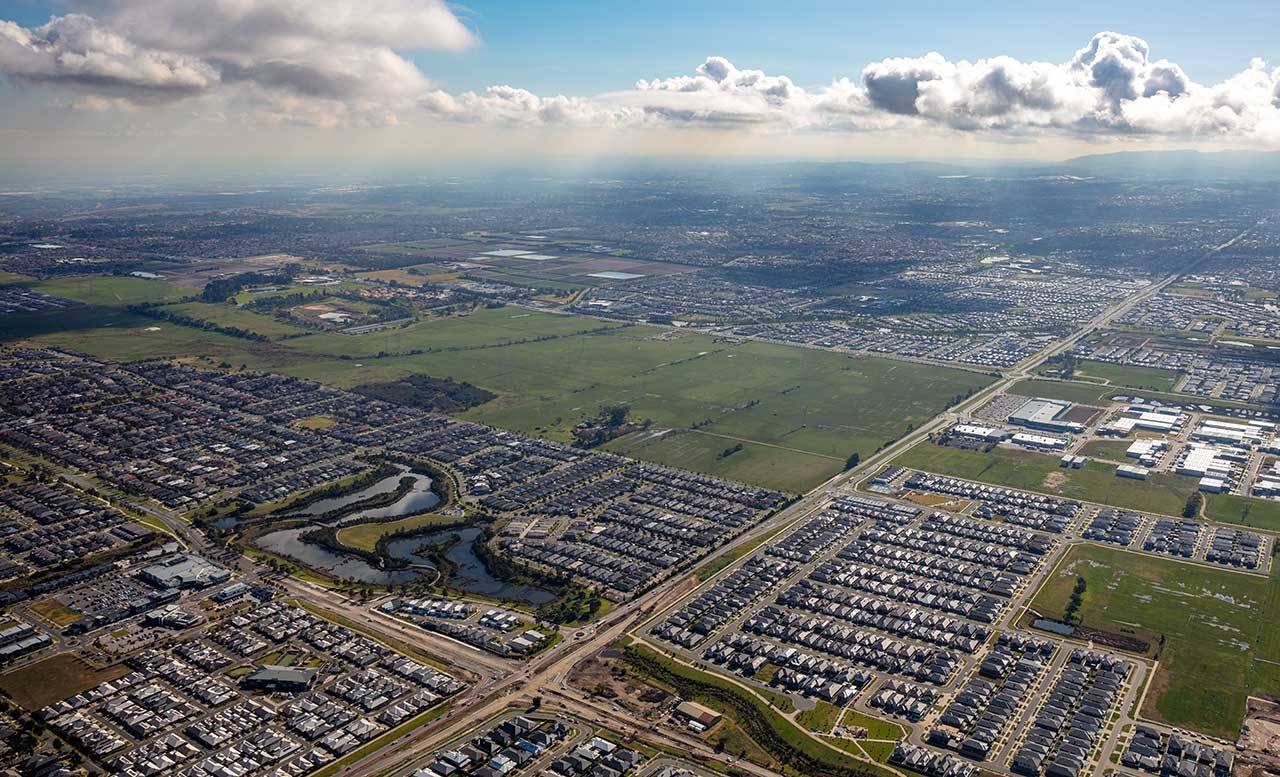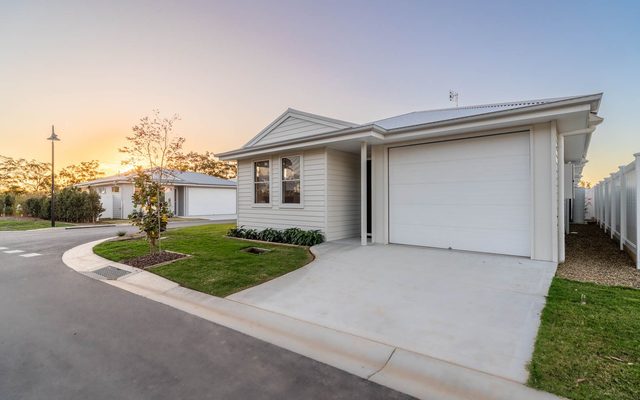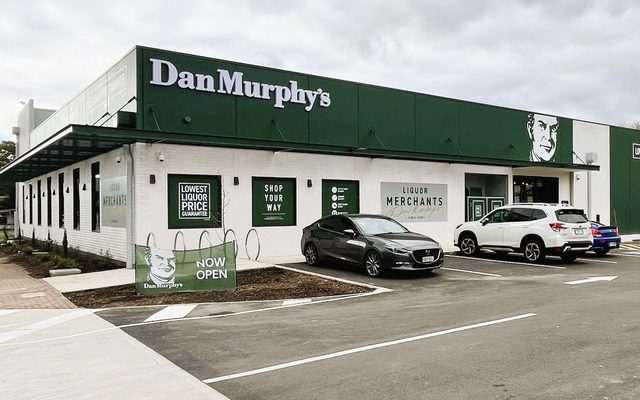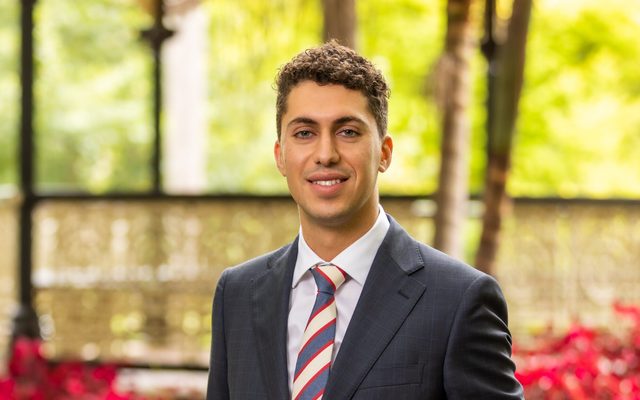This article is from the Australian Property Journal archive
URBAN sprawl in Melbourne is creating communities with a lack of transport and amenities, according to Infrastructure Victoria, which has called on the state government to instead encourage and approve more homes in the middle suburbs, as well as scrap stamp duty.
In a new report, Our Home Choices, Infrastructure Victoria also suggested the first home owners’ grant is helping pad out the wallets of developers in greenfield suburbs rather than help buyers.
Infrastructure Victoria chief executive officer, Dr Jonathan Spear said many areas in established parts of Melbourne and regional cities, such as Geelong and Ballarat, can accommodate more homes, but more choice and housing diversity is needed to meet people’s needs as Victoria’s population grows.
“Building more high quality, medium density housing in established suburbs will mean more home choices close to jobs, services and existing infrastructure, at a price more people can afford,” he said.
Also among its 10 proposed reforms was an infrastructure contribution system that better “reflects the true cost of infrastructure in different development settings and supports better use of existing infrastructure”.
“Our package of reforms will encourage more diversity of housing across greater Melbourne and our regional centres, especially more three to four-bedroom townhouses, units and apartments. These options will give many more Victorians more housing choices and the chance to live closer to jobs and existing infrastructure,” Dr Spear said.
“We know many people are doing it tough. To make buying a home possible and fairer for many more families and first home buyers, we must provide more affordable, high-quality home choices in more locations,” Dr Spear said.
The government should also measure and incentivise progress towards new local housing targets, and prioritise and streamline approvals for urban renewal precincts, Infrastructure Victoria said.
It talked to over 6,000 people from Melbourne, Geelong and Ballarat about the type of home they would choose if they had to move today. One in five households said they would trade a detached home in a new suburb for a townhouse or apartment for the same price closer to city centres – showing a desire for more housing choices closer to existing infrastructure and family and friends.
“Households on moderate incomes, many of which are families and first home buyers, are being locked out of Melbourne’s middle suburbs, pushing them further away from jobs, schools and public transport, and locking them in to more travel time in the car,” said Dr Spear.
Moderate-income households earning between $88,000 and $132,000 are priced out of many inner and middle suburbs of greater Melbourne.
The Victorian government’s long-term planning strategy for the capital, Plan Melbourne, aims to have 70% of new homes built in established areas, but that figure was only at 44% in 2021.
The seven local government areas home to Melbourne’s new growth suburbs – Cardinia, Casey, Hume, Melton, Whittlesea, Wyndham plus the southern part of Mitchell – accounted for 50% of Victoria’s total population growth over the last 10 years.
Other proposals by Infrastructure Victoria included removing stamp duties that “distort home choices” and ultimately abolish stamp duties altogether, potentially by replacing them with a broad-based land tax., and removing home subsidies that encourage greenfield choices without improving affordability, which would include removal of the first home owner grant.
NSW’s newly elected Labor government is abolishing stamp duty for first home buyers spending up to $800,000, and discounts will be applied for properties of up to $1 million.
It also proposed the government implement “shared equity” schemes to encourage established suburb home ownership.
“Over time, change the locations eligible for the Victorian Homebuyer Fund, to encourage people to buy homes in established suburbs.”




